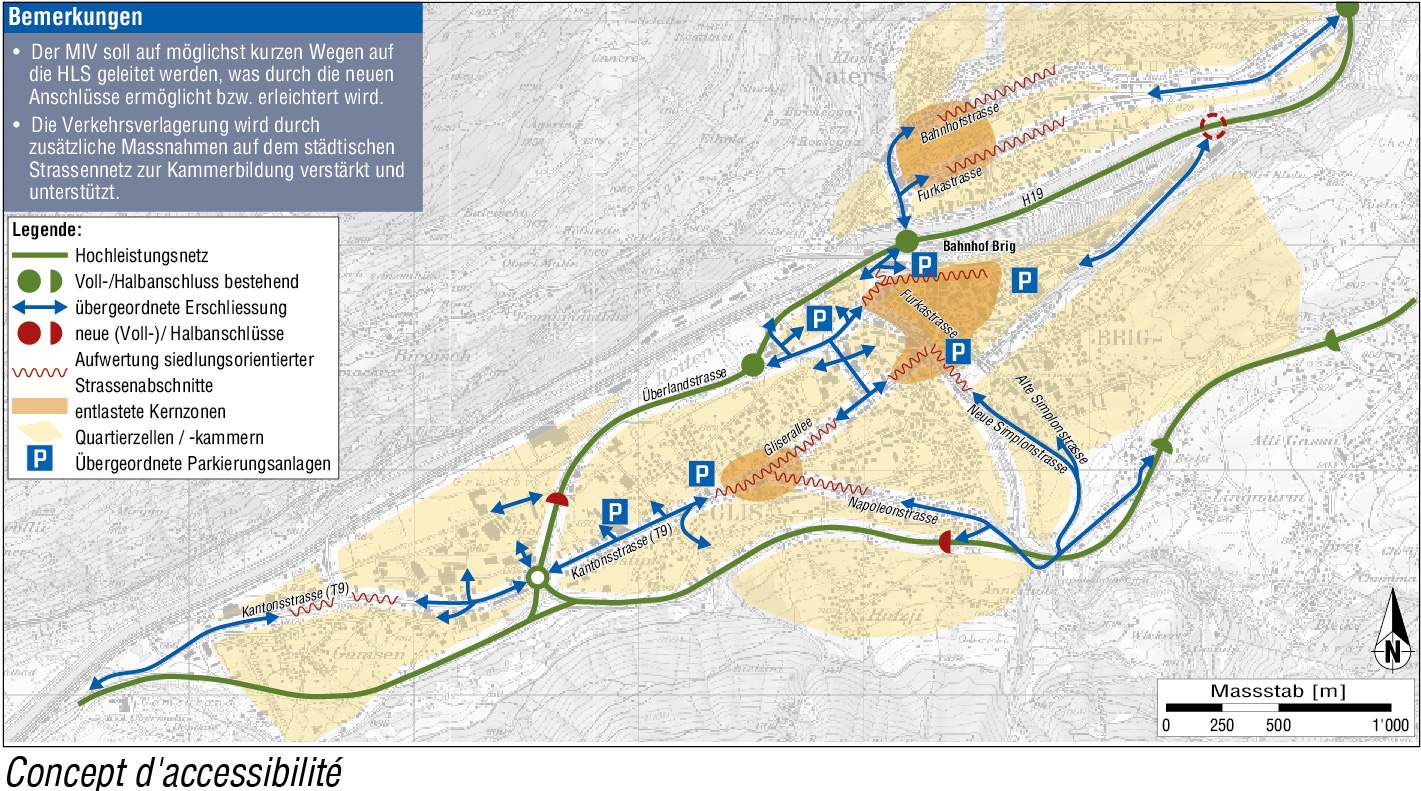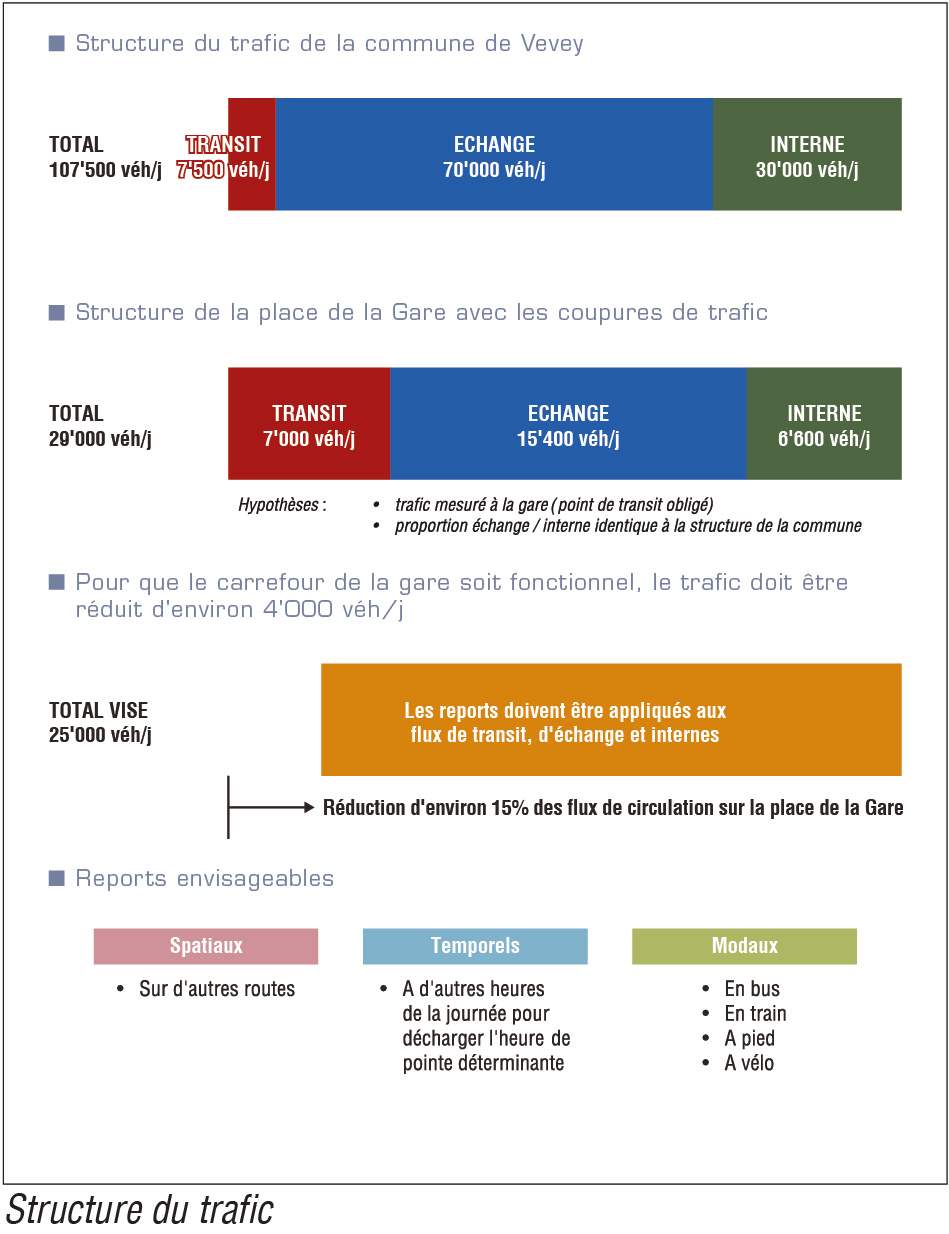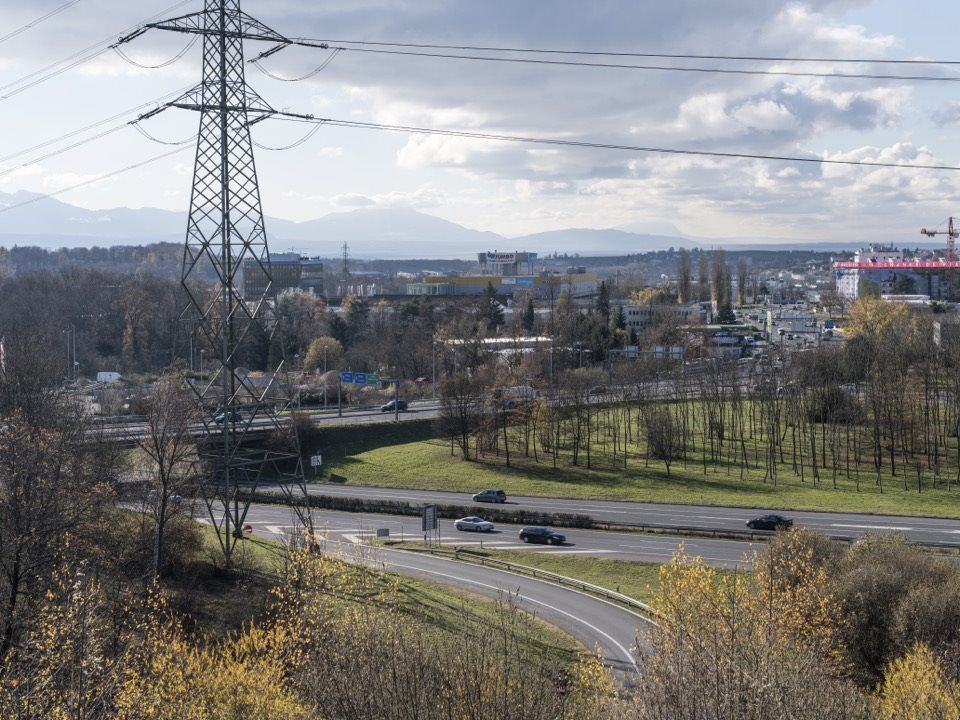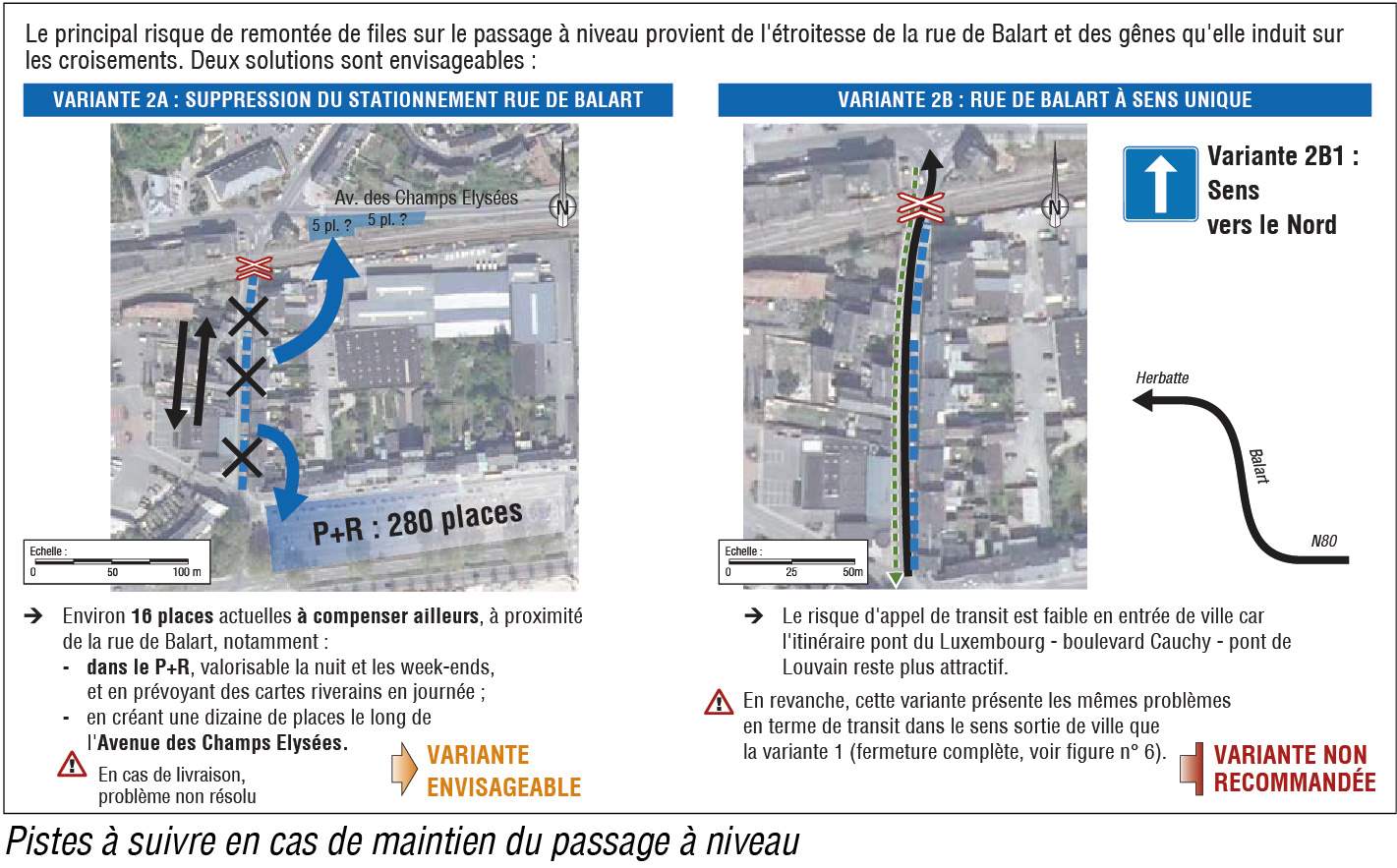At both regional and national levels, the challenge is to develop mobility policies and strategies that support urban and land-use planning and spatial development, and that are integrated with other relevant policies (such as environment and climate.) In this sense, governance structures and institutional arrangements are often determining factors.
This means that thinking has to go beyond infrastructures and must offer multi-modal mobility as a whole.
TRANSITEC has several decades of international experience in the development of transport strategies for urban and peri-urban areas of all sizes. Our approach is to find practical, effective solutions, whether for a low-density peripheral region or for an entire country.





